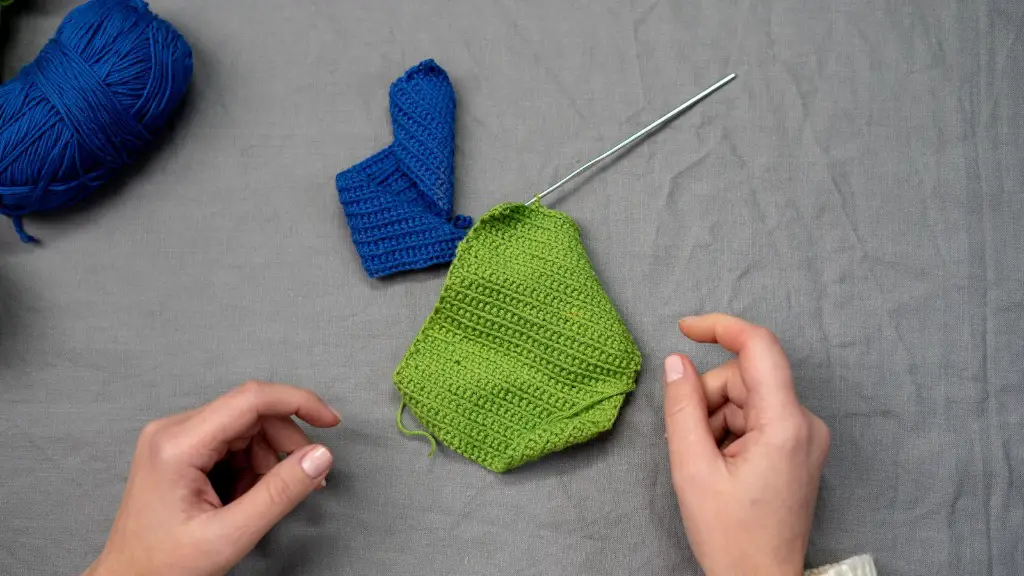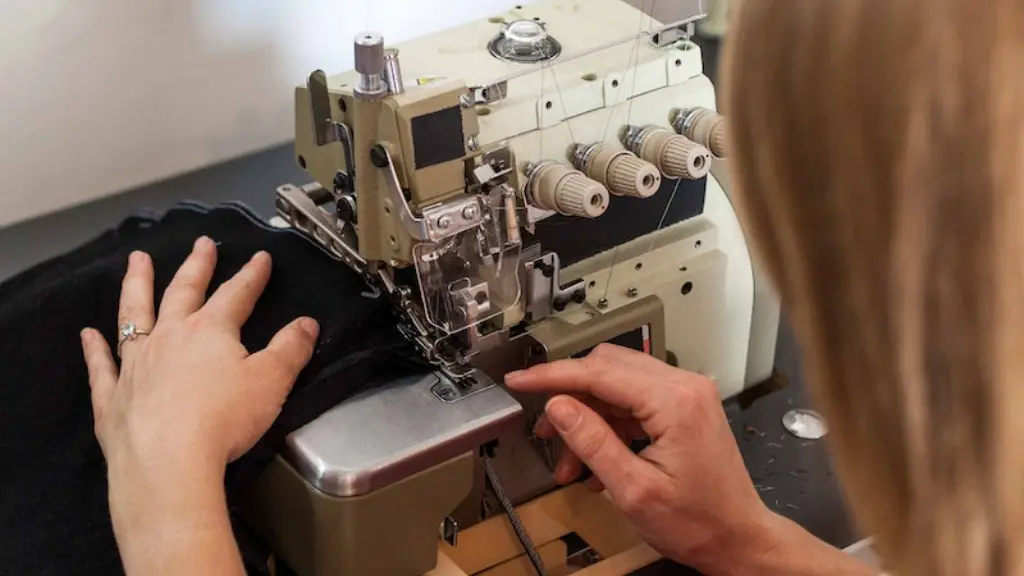What is Quilting?
Quilting is the process of holding two pieces of fabric together with a piece of batting or wadding in between them, which is then stitched together in even, distinct, decorative patterns. Quilting is a form of sewing that has been practiced for centuries, with many different patterns and designs available, and it is a great way to create beautiful, functional and durable items, like quilts, jackets, wall hangings and more.
Why Quilting?
Quilting not only produces functional items, but is also a very therapeutic and inspiring form of craft. It’s very easy to learn, and you can also carry it out with nothing more than a needle and some thread. However, many quilters choose to use a sewing machine, which speeds up the process, and enables them to be more precise and to create a more intricately designed quilt.
The Different Types of Sewing Machines Available for Quilting
Sewing machines can be separated into two categories- those built with quilters in mind and those that are more versatile.
For those who are dedicated quilters, investing in a good quality, specially designed quilting machine is definitely worth the money. Quilting machines often have a longer arm length which is ideal for manoeuvring large projects like quilts. They also come with extra features and accessories, such as feed dogs that are taller to provide more space for quilt batting or additional presser feet that are designed for quilting.
The second type of sewing machine is more of a versatile machine, designed to. These machines usually have several kinds of stitches, in addition to a host of other features such as adjustable speed control, automatic threading and buttonholers. While they may not come with all of the features that a quilting machine does, versatile machines are perfect for someone who is new to quilting and just wants to get started.
Choosing the Best Sewing Machine for Quilting
The best sewing machine for quilting depends on the size of the project, the amount of money you are willing to invest and the experience level of the quilter.
The most important factor to consider is the size of the project you intend to work on and the type of quilting that you want to do. If your projects are quite small and you will be doing simple piecing, then a smaller quilting machine may suit you just fine. However, if you are working on a large wall hanging or a quilt then you will be better off investing in a larger, more feature packed machine.
Another factor to consider is how much money you are willing to spend. Quilting machines range in price from $200 to several thousand dollars, so you will need to decide how much you are comfortable spending. It is also worth considering if you want to buy a new or second-hand machine.
Finally, it is also important to consider your experience level. If you are an experienced quilter, investing in a higher end machine may be worth it, as it will provide more features and be more reliable. If you are a beginner, then a simpler, less expensive machine might be all you need to get started.
Using a Quilting Machine
Once you have decided on the type of machine you need, the next step is to learn how to use it! Most quilting machines come with a user manual and there are also a range of online tutorials available. It is good practice to read up on how to use a quilting machine before you begin, so that you can get the most out of your machine.
Beginners may want to start with a simple project, such as a lap quilt or small wall hanging. This will give you the opportunity to become familiar with your machine and the quilting process. Once you have practiced and mastered the basics, you can start to experiment with different patterns, stitches and fabrics.
Quilting Tips for Beginners
There are a few tips and tricks that beginners should keep in mind when tackling their first quilting project.
The first is to use good quality fabric, as this will make your project more durable and the finished result more pleasing. It is also important to take your time and not rush the process. Quilting is a skill and it takes practice to get it right. Finally, it is always a good idea to use a marking pen or a needle to mark the quilting lines you will be following.
Choosing the Right Quilting Patterns
Choosing the right quilting patterns can be a bit tricky, as there is so much choice. Beginners may want to start with simpler designs, such as straight lines, cross-hatch patterns or diagonals. Experienced quilters may want to try more intricate and detailed patterns such as feather stitches, cable stitches or even a feathered star design.
It is important to remember that the size and shape of the quilt pieces will determine what patterns will look best. For instance, if you are making a patchwork quilt with small squares, then it would look better with a pattern of grid lines rather than intricate curved lines.
Backing Your Quilt
Backing, or the back of the quilt, is an important element, as it adds structure and support. It is possible to buy pre-made backing fabric, or you can create your own using a large piece of fabric. For quilts made with a single fabric, a good option is to use the same fabric for the back of the quilt. However, if your quilt is made up of many different fabrics then creating your own backing is a great way to add contrast and create a unique look.
Basting and Squaring The Quilt
The next step is to baste the quilt, which is essentially attaching the quilt top, batting and backing together in preparation for quilting. This can be done either by hand, or with a quilting machine in a process called machine basting.
It is also essential to square up your quilt. Squaring will make sure that the finished quilt is even, and will make stitching the quilt easier. This is normally done by trimming the edges of the quilt until it is a perfect square.
Quilting and Finishing The Quilt
Once the quilt has been basted and squared, it’s time to begin quilting. This can either be done by hand or with a quilting machine and it is the part where you decide what pattern the quilt will take!
Once you have finished quilting, all that’s left to do is to add a binding strip and sew it down. This will create a finished edge and will help secure the quilt. You may also want to add a label to the quilt, to include information like who made it and when.
Caring For Your Quilt
Taking good care of a quilt is important if you want it to last. It should be washed in cold water, separately from other items and dried either on a line outside or on a low heat in the dryer. This will keep it looking vibrant and help it last for many years.


